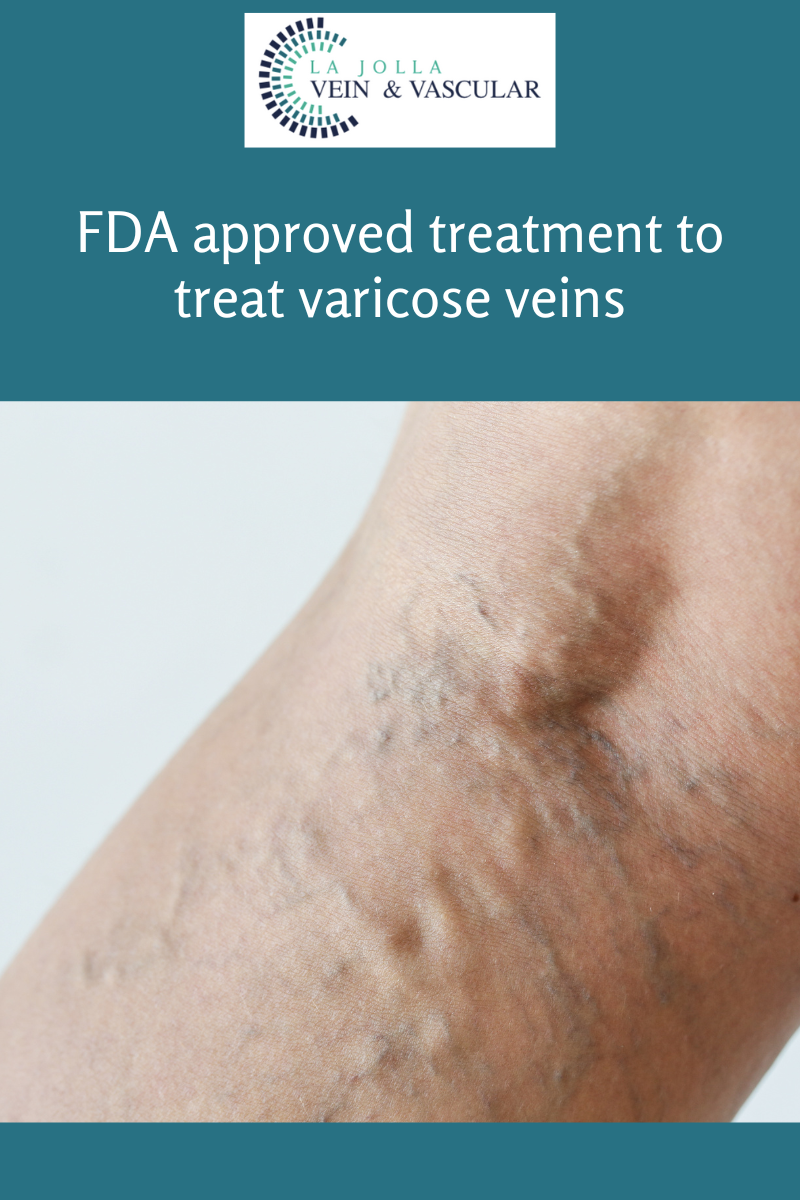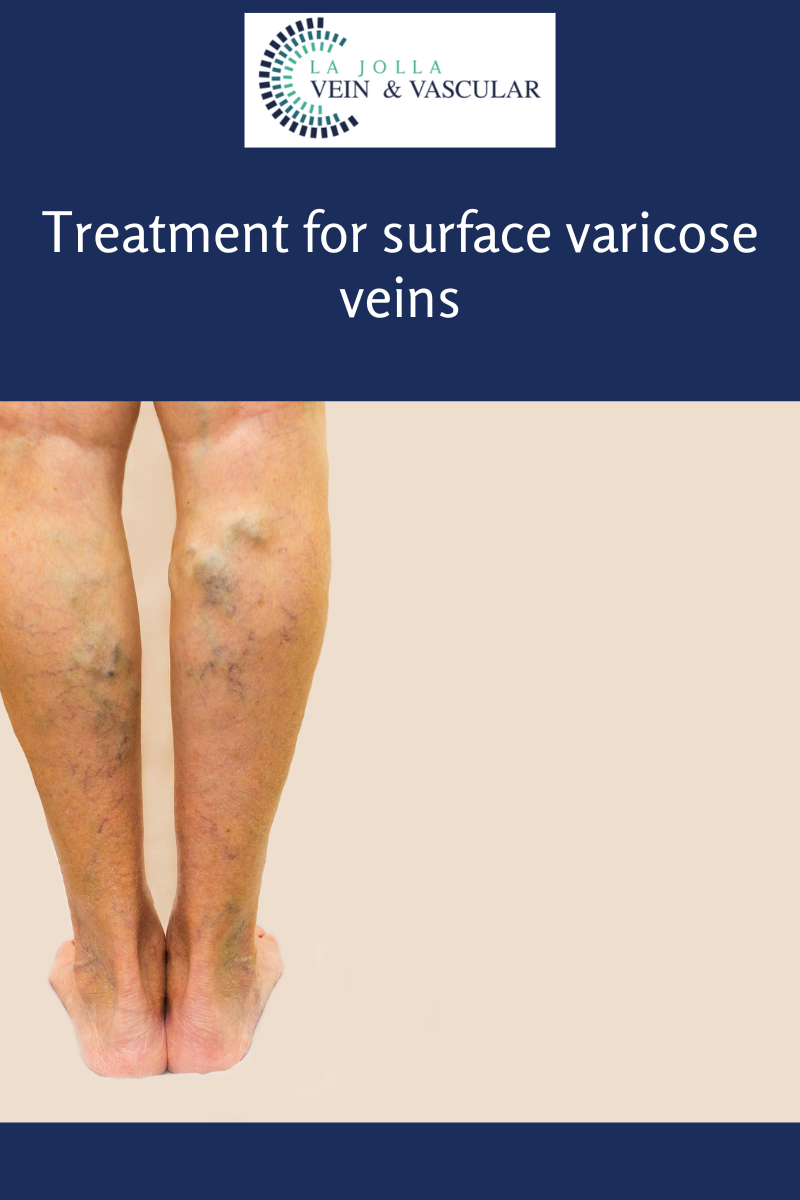FDA Approved treatment to treat varicose veins
LJVascular2023-02-15T17:06:00-08:00The U.S. Food and Drug Administration (FDA) approved the VenaSeal™ closure system to permanently treat varicose veins by sealing the affected superficial veins using an adhesive agent.
The VenaSeal™ Sapheon Closure System
is a unique, minimally invasive treatment that uses a safe-for-the-body medical glue to quickly and effectively treat varicose veins […]






